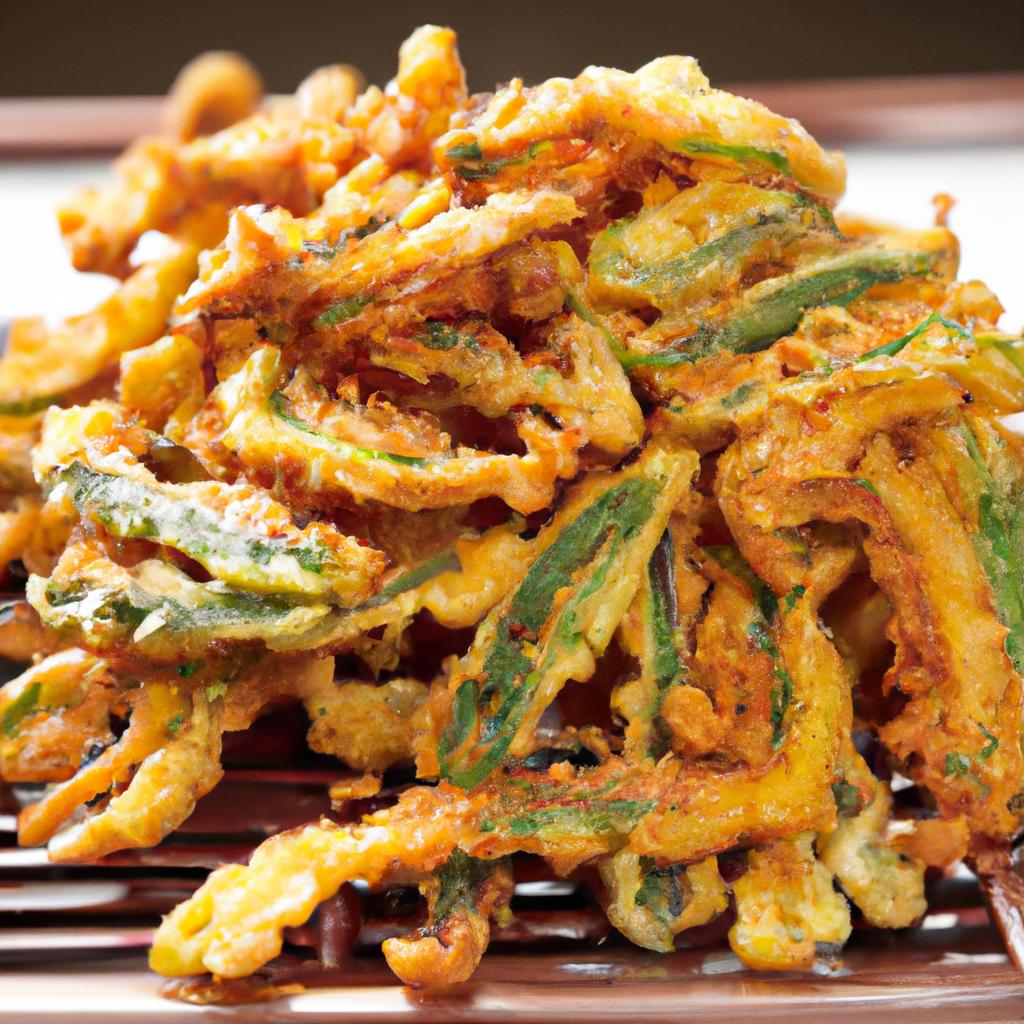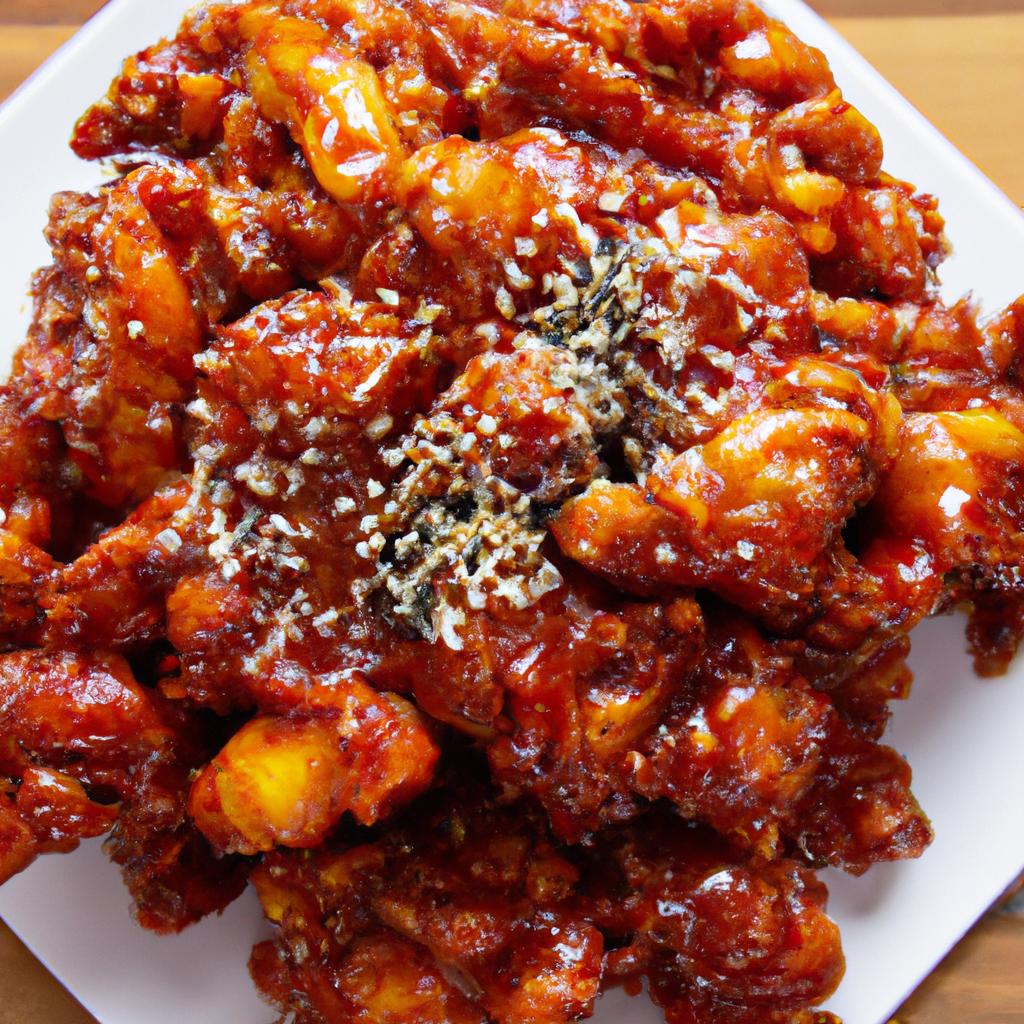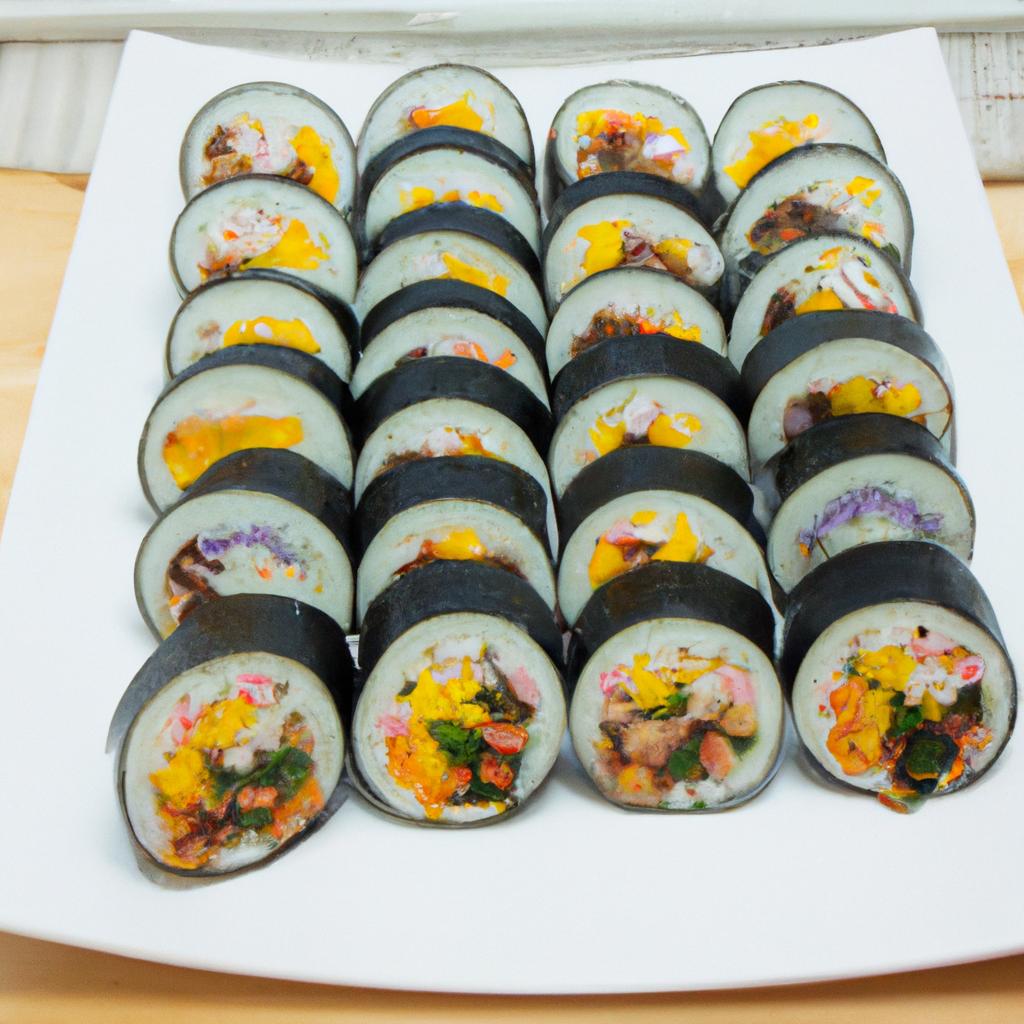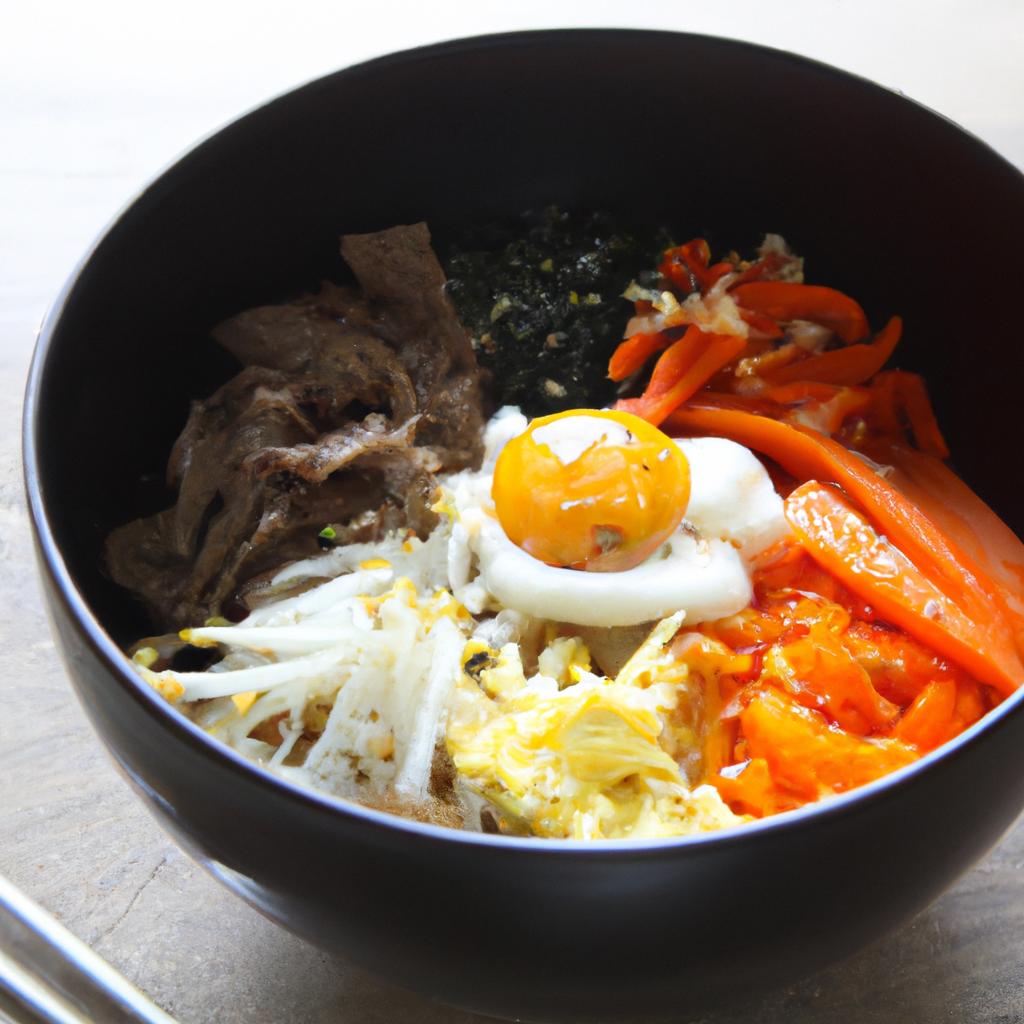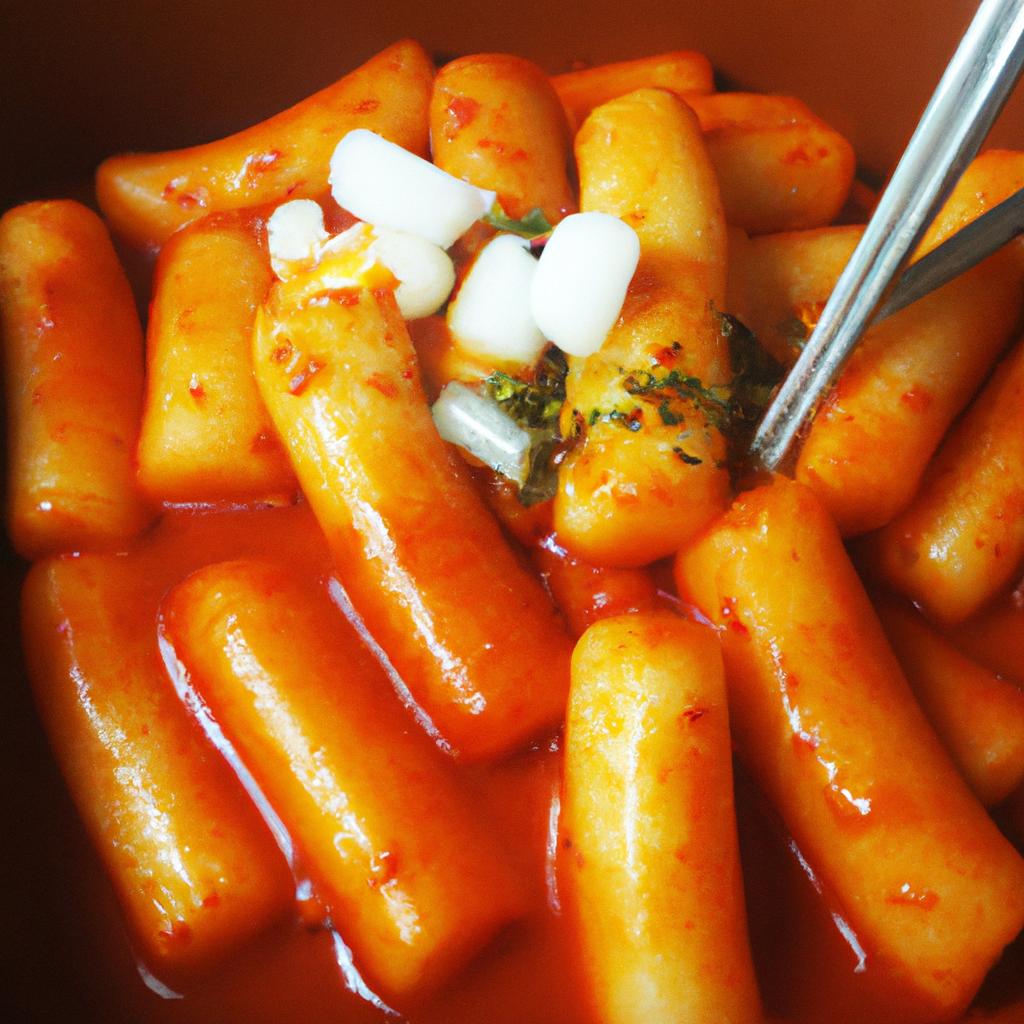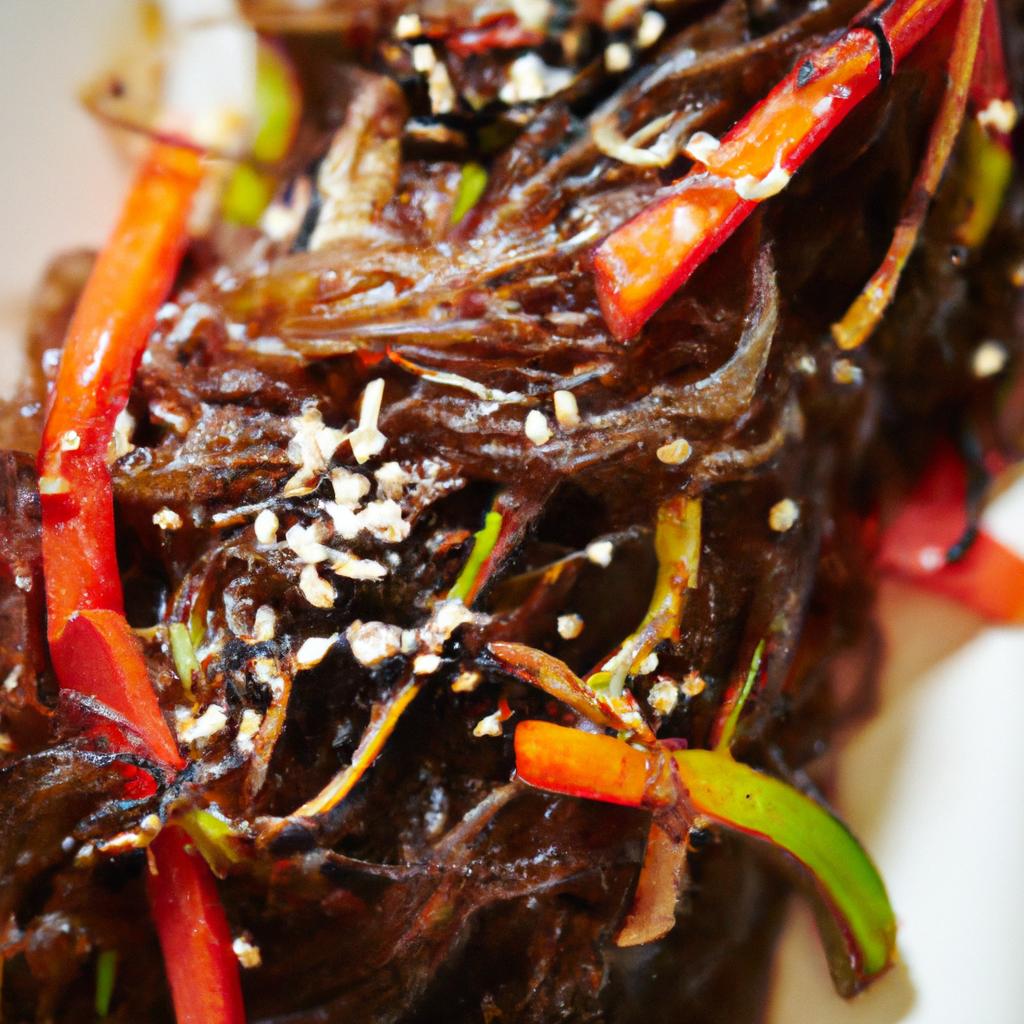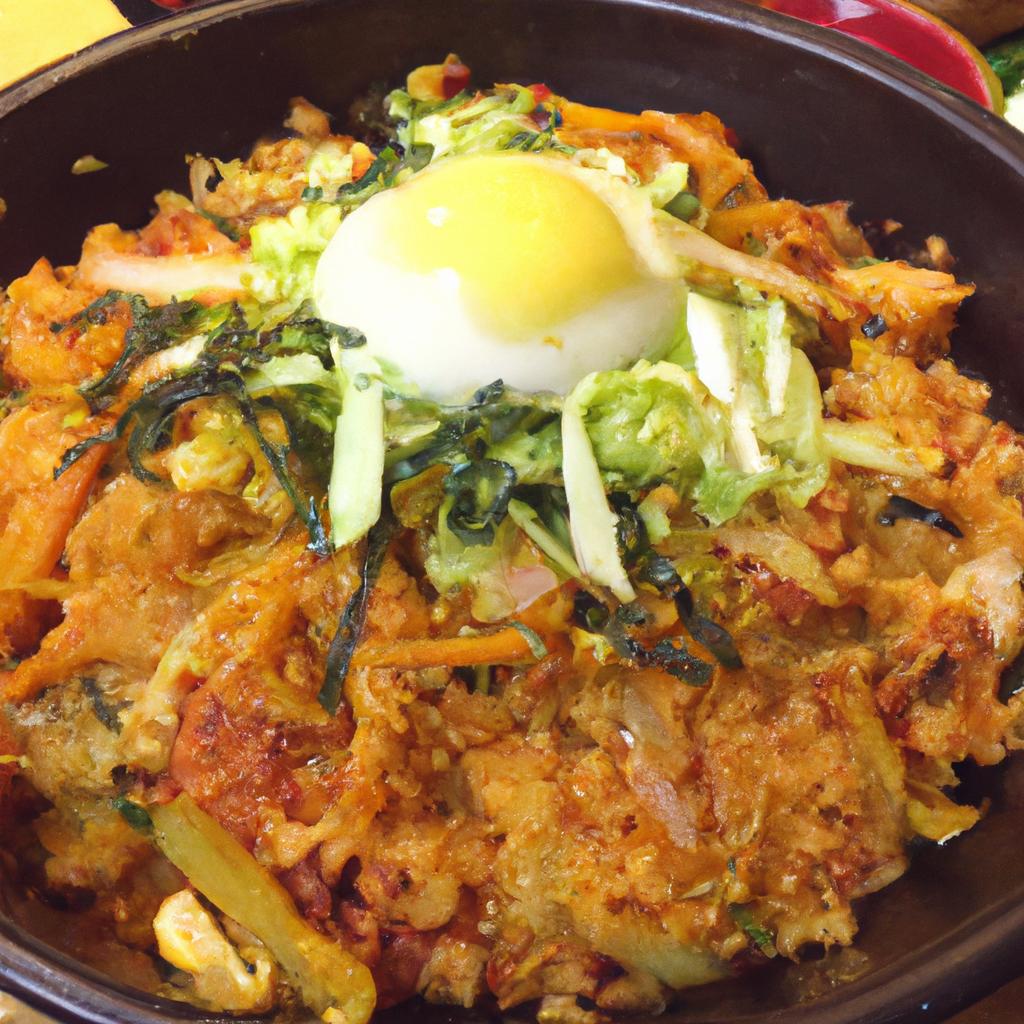Twigim fried food
Korean cuisine offers an extensive range of dishes with unique flavors, textures, and methods of preparation. Among the most popular Korean street foods is the humble yet irresistible twigim. The term “twigim” refers to various deep-fried food items ranging from vegetables to seafood, and even meat. They come in different shapes, sizes, and tastes, making them a versatile snack or appetizer to satisfy any palate. In this article, we will focus on Korean twigim, its history, and a recipe for making one of the most famous types of twigim - Kimchi Jeon.
read more
